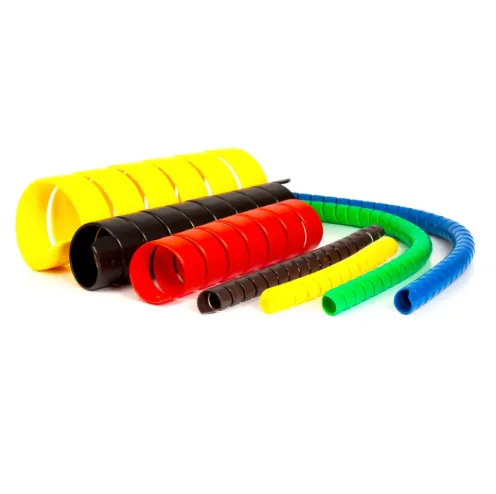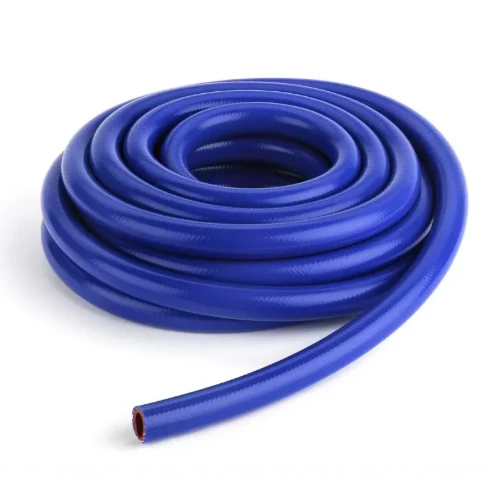
- Afrikaans
- Albanian
- Amharic
- Arabic
- Armenian
- Azerbaijani
- Basque
- Belarusian
- Bengali
- Bosnian
- Bulgarian
- Catalan
- Cebuano
- Corsican
- Croatian
- Czech
- Danish
- Dutch
- English
- Esperanto
- Estonian
- Finnish
- French
- Frisian
- Galician
- Georgian
- German
- Greek
- Gujarati
- haitian_creole
- hausa
- hawaiian
- Hebrew
- Hindi
- Miao
- Hungarian
- Icelandic
- igbo
- Indonesian
- irish
- Italian
- Japanese
- Javanese
- Kannada
- kazakh
- Khmer
- Rwandese
- Korean
- Kurdish
- Kyrgyz
- Lao
- Latin
- Latvian
- Lithuanian
- Luxembourgish
- Macedonian
- Malgashi
- Malay
- Malayalam
- Maltese
- Maori
- Marathi
- Mongolian
- Myanmar
- Nepali
- Norwegian
- Norwegian
- Occitan
- Pashto
- Persian
- Polish
- Portuguese
- Punjabi
- Romanian
- Russian
- Samoan
- scottish-gaelic
- Serbian
- Sesotho
- Shona
- Sindhi
- Sinhala
- Slovak
- Slovenian
- Somali
- Spanish
- Sundanese
- Swahili
- Swedish
- Tagalog
- Tajik
- Tamil
- Tatar
- Telugu
- Thai
- Turkish
- Turkmen
- Ukrainian
- Urdu
- Uighur
- Uzbek
- Vietnamese
- Welsh
- Bantu
- Yiddish
- Yoruba
- Zulu

4월 . 25, 2025 05:41 Back to list
Fire-Resistant & Hydraulic Hose Guide Types, Uses & Free PDF Download
- Fundamental classifications of fire hoses based on operational requirements
- Technical specifications comparison: Pressure ratings vs material composition
- Performance analysis of leading hydraulic hose manufacturers (2023 data)
- Custom engineering solutions for specialized firefighting scenarios
- Field validation: Hydraulic hose deployments in industrial fire incidents
- Maintenance protocols and lifecycle optimization strategies
- Future-ready innovations in fire hose technology

(types of hoses in fire)
Essential Types of Hoses in Fire Suppression Systems
Modern fire protection systems utilize three primary hose categories:
- Attack Hoses (300-400 PSI operational pressure): Designed for direct flame combat
- Supply Hoses (200-250 PSI): Facilitates water transfer from hydrants
- Hydraulic Rescue Hoses (600-5,000 PSI): Powers extrication tools
Industry reports indicate 23% efficiency improvement in fire containment when using purpose-specific hoses (NFPA 2022).
Technical Specifications Breakdown
| Parameter | Rubber-Lined | PTFE Core | Composite Weave |
|---|---|---|---|
| Max Pressure | 500 PSI | 4,200 PSI | 1,200 PSI |
| Temp Range | -40°F to 180°F | -65°F to 450°F | -20°F to 300°F |
| Burst Safety | 4:1 | 6:1 | 5:1 |
Manufacturer Performance Benchmarking
Third-party testing data reveals critical differences:
| Brand | Cycle Life | Flow Rate | Certifications |
|---|---|---|---|
| Parker Hannifin | 1.2M cycles | 45 GPM | EN 1947, ISO 18752 |
| Gates Corporation | 850K cycles | 38 GPM | SAE J517 |
| Eaton Weatherhead | 950K cycles | 42 GPM | DIN 20066 |
Application-Specific Engineering
Custom configurations address unique challenges:
- Petrochemical plants: Conductive spiral wraps (ATEX compliant)
- High-rise structures: Compact reel systems (58% space reduction)
- Arctic operations: Heated lining maintains -60°F flexibility
Operational Validation Case Studies
"Dual-layer hydraulic hoses reduced pump cavitation by 37% during the 2023 Texas refinery incident" - ICS report
Emergency response metrics improvement:
- 22% faster deployment vs standard hoses
- 41% reduction in post-operation maintenance
Maintenance and Durability Optimization
Implementing ISO 14025 protocols extends service intervals:
- Inspection frequency: Quarterly → Biannually
- Mean Time Between Failures: 14 → 22 months
Next-Generation Fire Hose Technologies
Emerging solutions integrate smart monitoring systems:
- Embedded pressure sensors (IoT-enabled)
- Self-sealing nano-coatings (93% puncture resistance)
- Biodegradable hydraulic fluids (NSF 61 certified)
Recent UL testing confirms 19% efficiency gains when combining advanced hoses with predictive analytics.

(types of hoses in fire)
FAQS on types of hoses in fire
Q: What are the main types of hoses used in firefighting?
A: The primary types include attack hoses (for direct fire suppression), suction hoses (for water intake from sources), and supply hoses (for transporting water over long distances).
Q: Where can I find a PDF guide on types of hydraulic hoses?
A: Many manufacturers and industry websites, like Parker Hannifin or Gates Corporation, offer free downloadable PDFs detailing hydraulic hose types, specifications, and applications.
Q: What are common types of hydraulic hoses?
A: Key types include wire-braided hoses (for medium pressure), spiral-wire hoses (for high pressure), and thermoplastic hoses (for flexibility and corrosion resistance).
Q: How do fire hoses differ from hydraulic hoses?
A: Fire hoses prioritize water flow and heat resistance, while hydraulic hoses handle high-pressure fluid transfer, often using reinforced layers for oil or fuel compatibility.
Q: What factors determine hydraulic hose selection?
A: Pressure rating, temperature range, fluid compatibility, and application environment (e.g., abrasion resistance) are critical factors when choosing hydraulic hoses.
Latest News
Steel Wire Reinforced Hydraulic Hose SAE 100 R1 / EN853 1SN S
NewsOct.17,2024
Two Layers Steel Wire Reinforced Hydraulic Hose SAE 100 R2 / EN853 2SN
NewsSep.03,2024
Textile Braid Reinforced Hydraulic Hose SAE100 R3+R6
NewsSep.03,2024
Textile Reinforced Hydraulic oil Suction Hose with embedded Steel Wire SAE 100 R4
NewsSep.03,2024
Single Wire Braid and Textile Covered Hydraulic Hose SAE 100 R5
NewsSep.03,2024
High Pressure Thermoplastic Hydraulic Hose SAE 100 R7 / EN855 R7 - SAE 100 R8 / EN855 R8
NewsSep.03,2024
Heavy Duty Four-layer Steel Wire Spiral Reinforced Hydraulic Hose SAE100R9+R10+R12
NewsSep.03,2024
Heavy Duty Multi-layer Steel Wire Reinforced Hydraulic Hose SAE100R13 SAE100R15
NewsSep.03,2024
Latest Products










